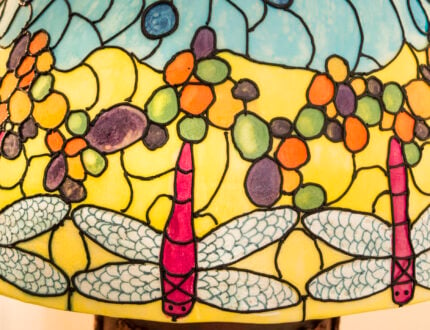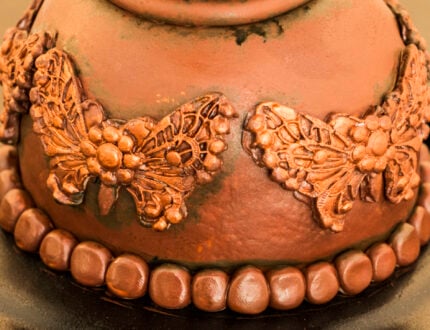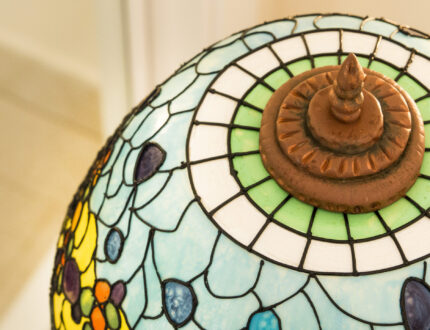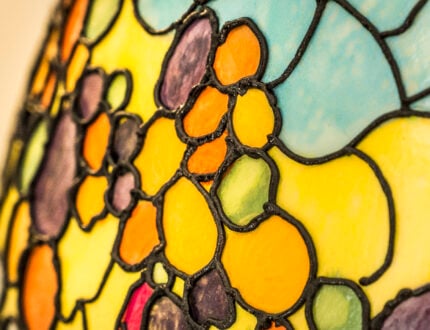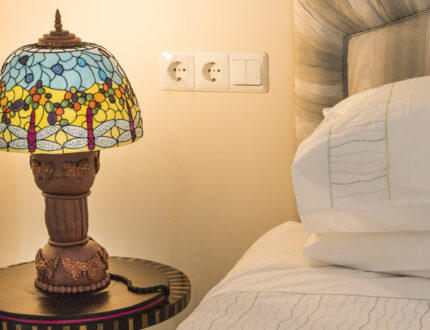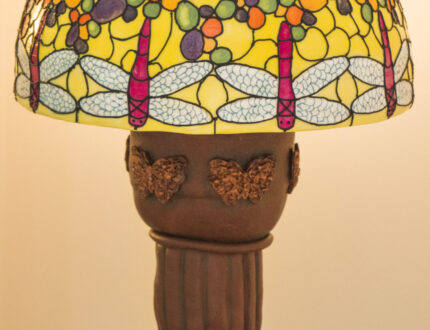Tutorial Preview
1. Creating the Lamp Shade Part 1
2. Creating the Lamp Shade Part 2
For the Rice Crispies Treats, use: 300g of Rice Krispies, 420g of marshmallow (mini ones work great) and 90g of butter (salted or unsalted)
Using a flexible spatula works great when mixing the rice crispy treat mixture, first melt butter on a low heat (gas mark 4) and don’t let the butter brown. Then add the marshmallow pieces, coat them with butter as soon as you add them to the mix, around five minutes should be enough for the marshmallow pieces to melt properly, then pour the rice krispies in and mix.
Once you have your mixture prepared, pat down into the bowl.
Note: You may need to do this lesson two to three times depending on the size of your bowl. A large tray of rice crispy treats is useful for the building of the lamps neck, seen in Lesson 4.
3. Making the Stand
This lesson requires the use of a drill and glue gun as shown – if you’re not sure how to use these, ask someone who is good at DIY to help you prepare the structural parts of the cake.
4. Neck of the Lamp Part 1
Once ganaching is completed, refrigerate for 10-15 minutes to make it easier to work with.
5. Neck of the Lamp Part 2
6. The Lamp
7. Icing Part 1
8. Icing Part 2
9. The Moulding
10. Light Shade Part 1
11. Light Shade Part 2
12. Drawing the Design Part 1
A white sugarpaste strip is added to disguise the cake board supporting the top tier. Try and neaten this up as much as possible and blend the top edge of the strip with that of the lampshade piece.
13. Drawing the Design Part 2
The scribe tool is best used to plot out where the dragonfly designs are going to be added (you can find the dragonfly templates in the Tools tab above.
14. Drawing the Design Part 3
15. Painting Part 1
16. Painting Part 2
17. Painting Part 3
18. Painting Part 4
The neck of the lamp is also painted using a mixture of vodka and a chestnut brown paint. An aged look can be achieved by adding black highlights to the neck of the lamp.
19. Painting Part 5
20. Painting Part 6
To make the colours more translucent, Paul uses a cloth/tissue with a small amount of vodka to get rid of a small amount of paint from the main design.
21. Royal Icing Part 1
Paul uses a number 2 piping nozzle (and a 1.5 nozzle for some finer parts) and starts to pipe the design on the cake. Pop the cake on a turntable to make the uniform circular sections much easier to achieve.
22. Royal Icing Part 2
Once the royal icing is completed, Paul uses layers of a clear edible spray glaze to add a lovely shine to the cake.
23. Top of the Lamp
24. Finishing Touches
25. Other Ideas
26. Pro Lesson
Paul introduces us to his Art Nouveau inspired Tiffany Style Lamp Cake, a structural design incorporating painting skills to produce a stunning stained glass effect. This cake is for intermediate level cake decorators and will take two days to create.
We would love to see your take on the Tiffany Style Lamp Cake – please share your photos with us on our Facebook Page.
